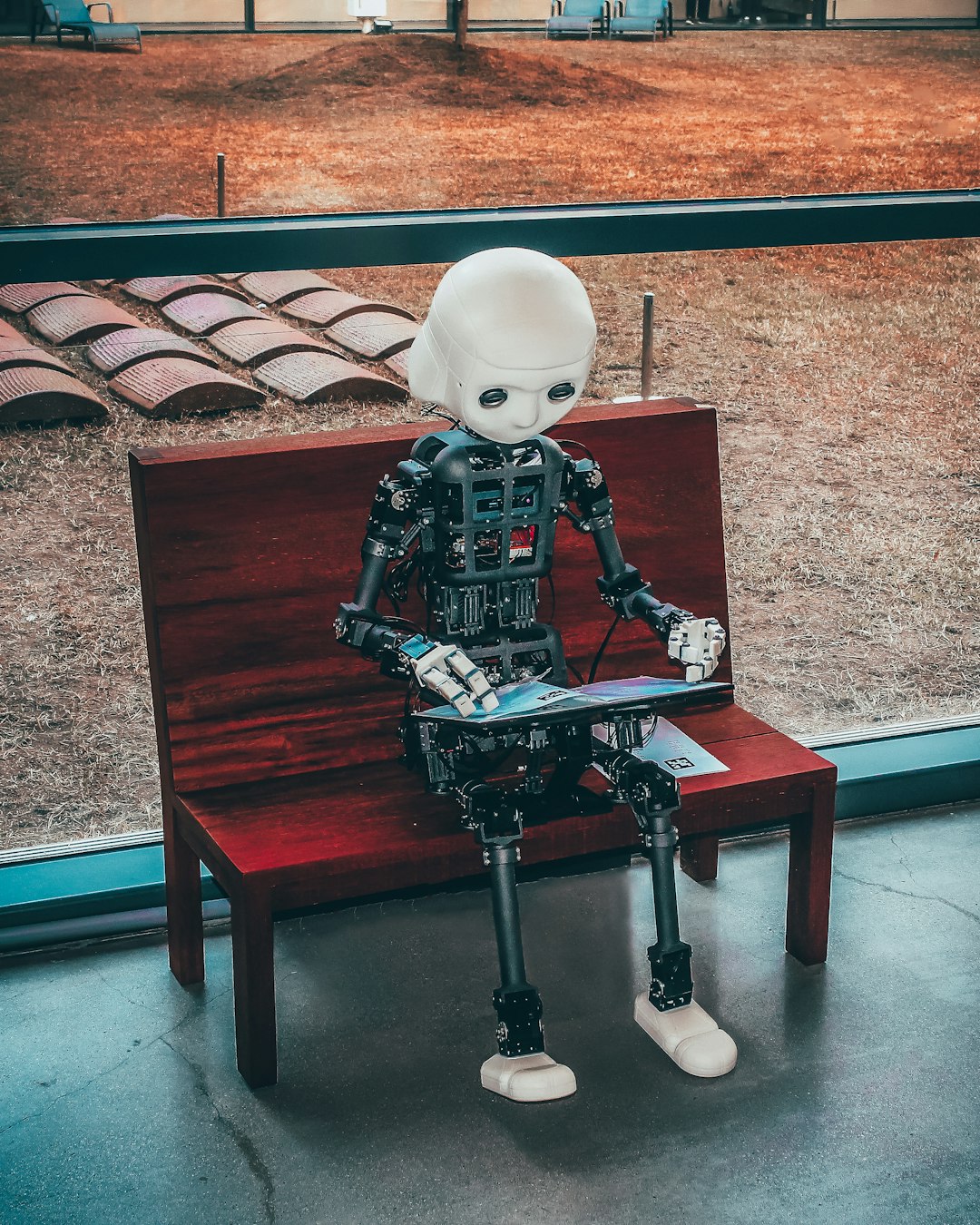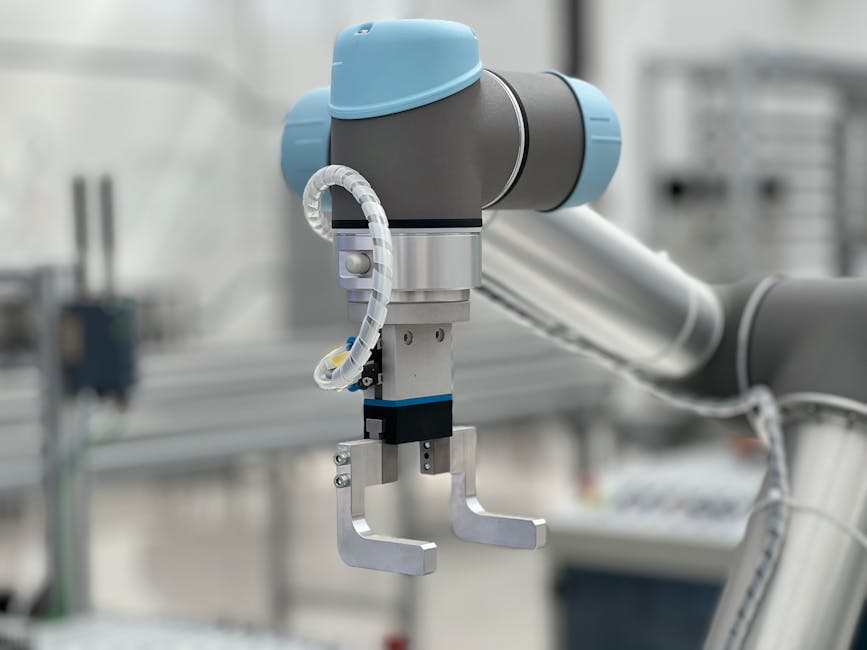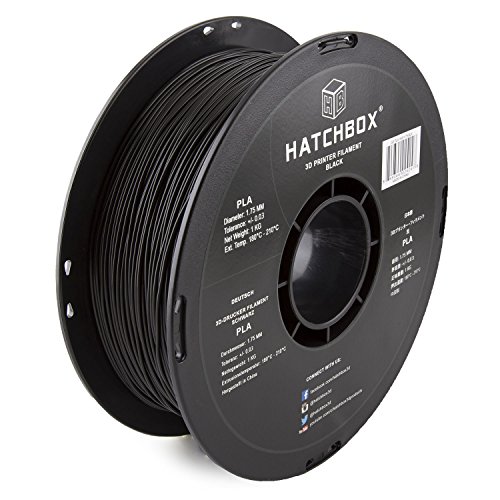As artificial intelligence (AI) continues to evolve, its integration into various industries raises questions about job displacement and transformation. In the field of architecture, the dialogue centers around whether AI will replace architects or merely enhance their roles. While concerns about automation persist, the consensus among professionals is that AI will augment, rather than eliminate, the need for human architects.

AI is increasingly becoming an essential tool in architectural practices, assisting with a variety of tasks such as design generation, project management, and environmental analysis. Key applications include:
These capabilities not only improve productivity but also enable architects to focus more on creative and strategic aspects of their projects.

Historical parallels can be drawn from past technological advancements, such as CAD and BIM, which changed how architects work without displacing them. Similarly, AI is anticipated to transform workflows by automating routine and repetitive tasks. Jobs requiring human judgment, creativity, and emotional intelligence—qualities that AI lacks—remain safe from replacement:

As AI technology evolves, architects must adapt by developing new skills. There is a notable trend among professionals to familiarize themselves with AI tools:
Surveys indicate that a majority of architects believe AI will significantly impact design in the coming years. Many express comfort with incorporating AI-generated suggestions, suggesting an openness to the technology's benefits. However, a cautious approach is necessary, emphasizing the importance of human oversight to maintain accountability and ethics. As noted in a discussion about AI's limitations in having empathy, the role of the architect remains crucial in making ethical design decisions.
While AI continues to advance, it is clear that its role in architecture will be one of enhancement rather than replacement. The technology can aid in the efficiency of certain tasks but cannot replicate the human creativity, cultural understanding, and ethical considerations that architects bring to their work. As architects continue to adapt and enhance their skill sets, the collaboration between human ingenuity and AI technology promises a promising future for the profession.

As the debate surrounding the potential for AI to replace architects continues, it's important to consider the tools that can enhance the design process rather than entirely substitute human creativity and decision-making. For instance, 3D printing technology, particularly using high-quality materials like HATCHBOX 3D Filament, offers architects a means to bring their designs to life with impressive dimensional accuracy. This filament, known for its reliability and ease of use, allows architects to create intricate prototypes that can be evaluated and modified, thereby facilitating a more hands-on approach to design. Rather than viewing AI as a replacement, it can be seen as an ally that, when combined with advanced tools like HATCHBOX filament, empowers architects to explore innovative solutions and improve their designs, ultimately enriching the architectural landscape.

As the architectural landscape increasingly intersects with technology, the advent of tools like "Understanding Virtual Reality: Interface, Application, and Design" positions itself as a crucial resource for future architects navigating the complexities of AI in design. This book not only delves into the principles of virtual reality but also emphasizes its application in the architectural field, highlighting how immersive technologies can enhance design processes and client interactions. By integrating VR into their workflows, architects can explore new dimensions of spatial design, allowing for more innovative solutions that AI alone may not fully conceptualize. Ultimately, rather than replacing architects, such technologies empower them to elevate their craft, blending human creativity with advanced computational tools to redefine the built environment.

As the debate over whether AI will replace architects continues, resources such as "Digital Design and Manufacturing: Applications for Architecture" by Paul M. Deis and Michael S. Hensel offer valuable insight into the synergy between technology and traditional architectural practices. This book explores innovative design methodologies and the application of digital tools in architecture, demonstrating how automation can enhance the creative process rather than replace the architect's role. Through comprehensive discussions on digital fabrication and parametric design, it emphasizes the potential for architects to leverage AI and advanced software, not as replacements, but as collaborators that elevate the design experience. As architects continue to adapt to these technologies, the future will likely see a more integrated approach where human creativity and machine efficiency coexist harmoniously.
We'd love to hear your thoughts on the evolving role of AI in architecture. Do you think AI will replace architects, or do you see it as a valuable tool to enhance human creativity? Stay updated on the latest discussions and innovations by following us on Pinterest. For daily inspiration and a peek into behind-the-scenes content, connect with us on Instagram. Join the conversation on X, and don't forget to give us a like on Facebook. We can't wait to connect with you and explore the future of architecture together!

Immerse yourself in architecture’s most boundary-pushing ideas—where innovative home improvements meet visionary urban developments. Discover new building techniques, materials, and creative concepts that are redefining how we shape our spaces on a global scale.